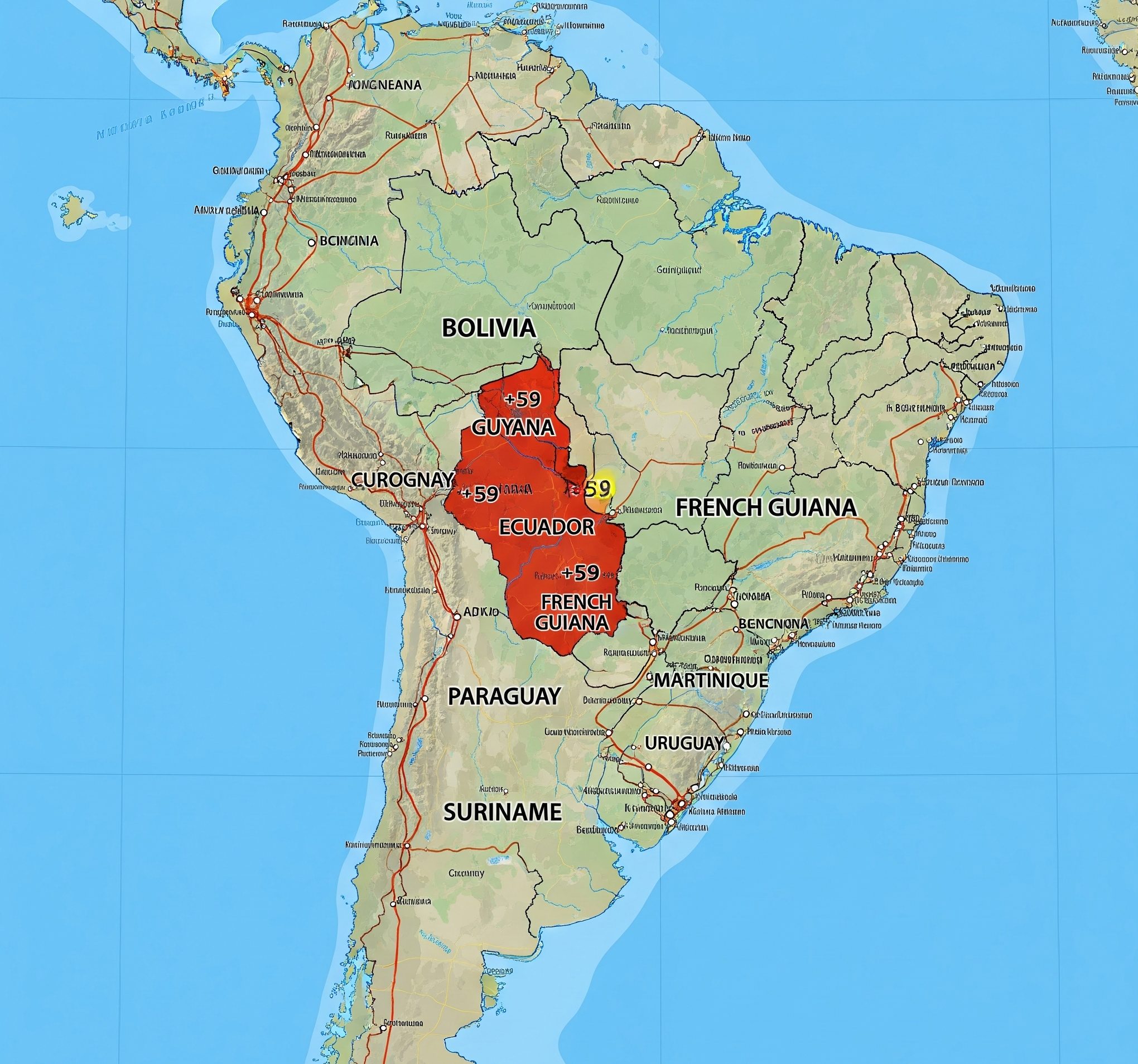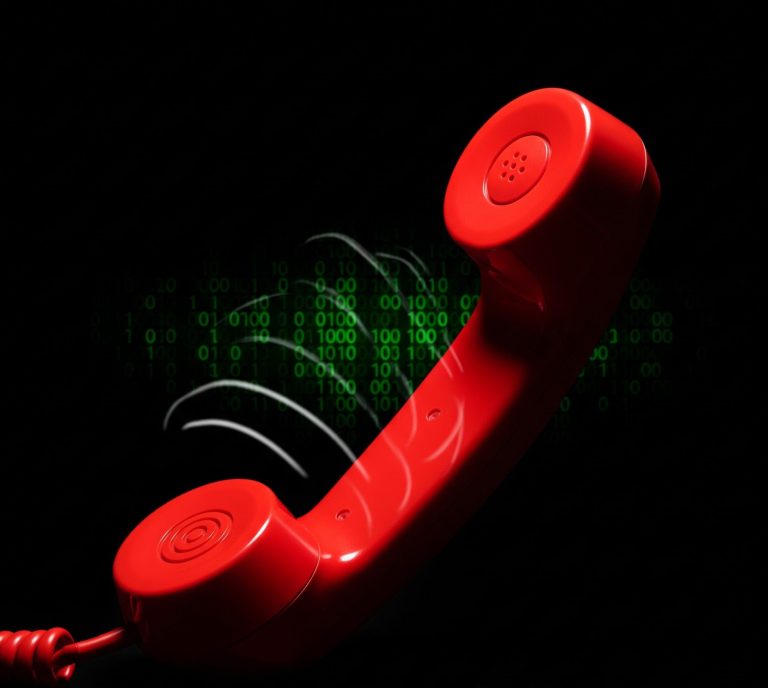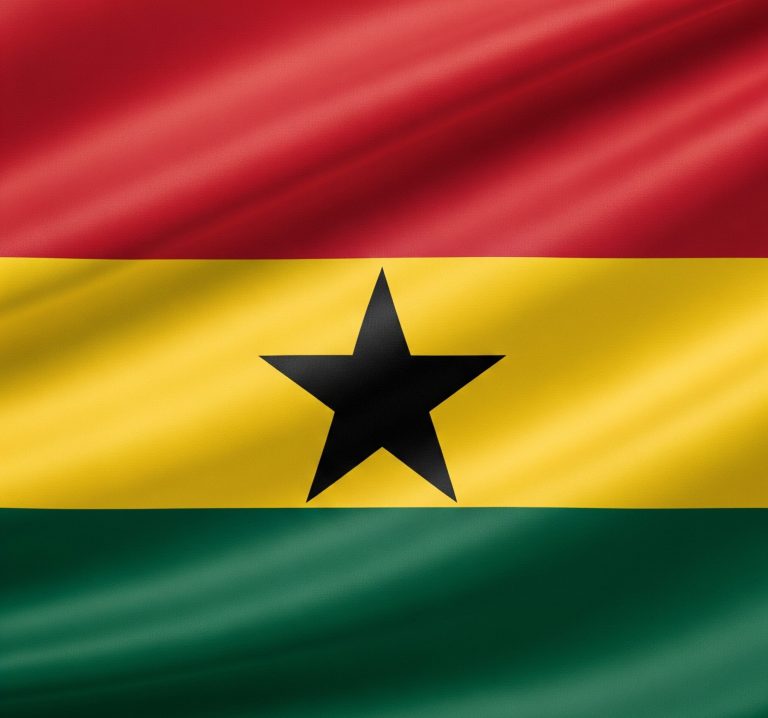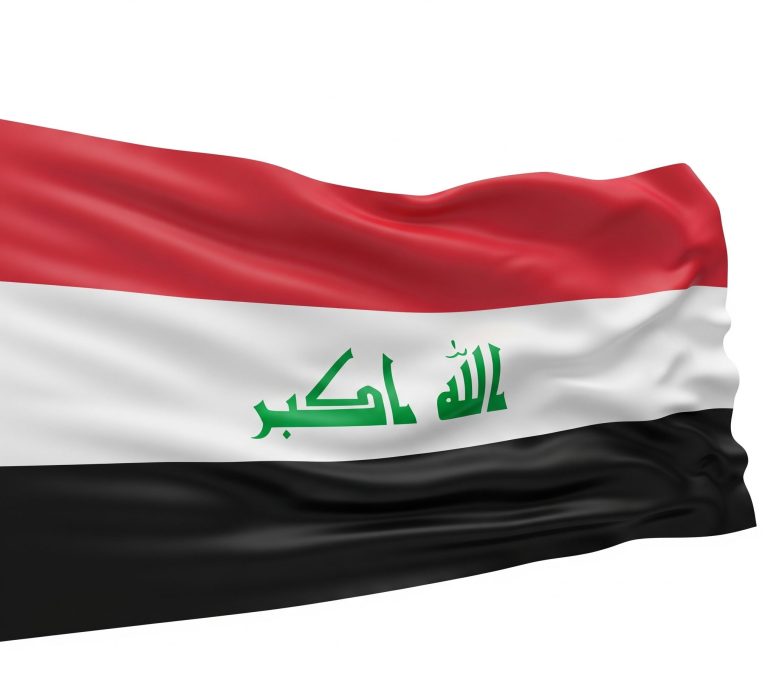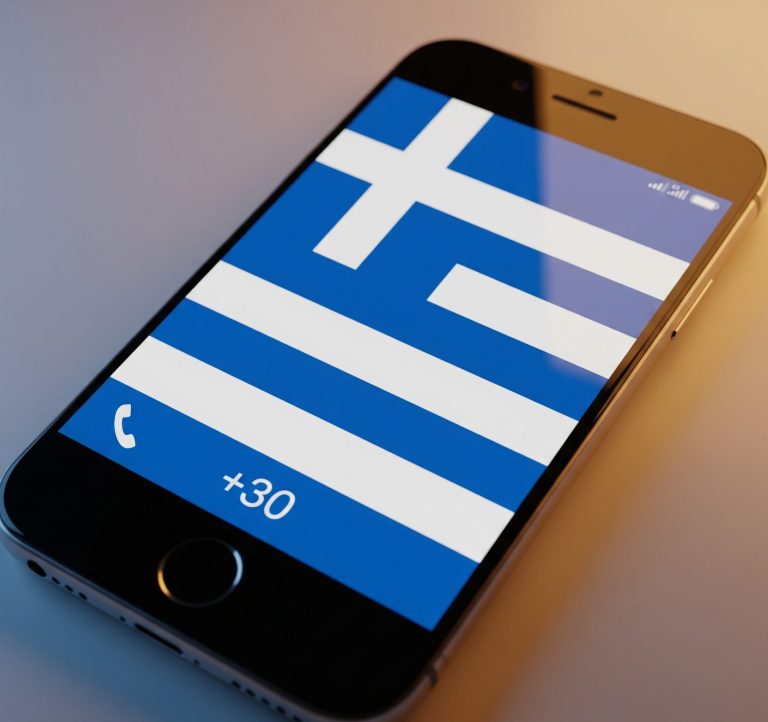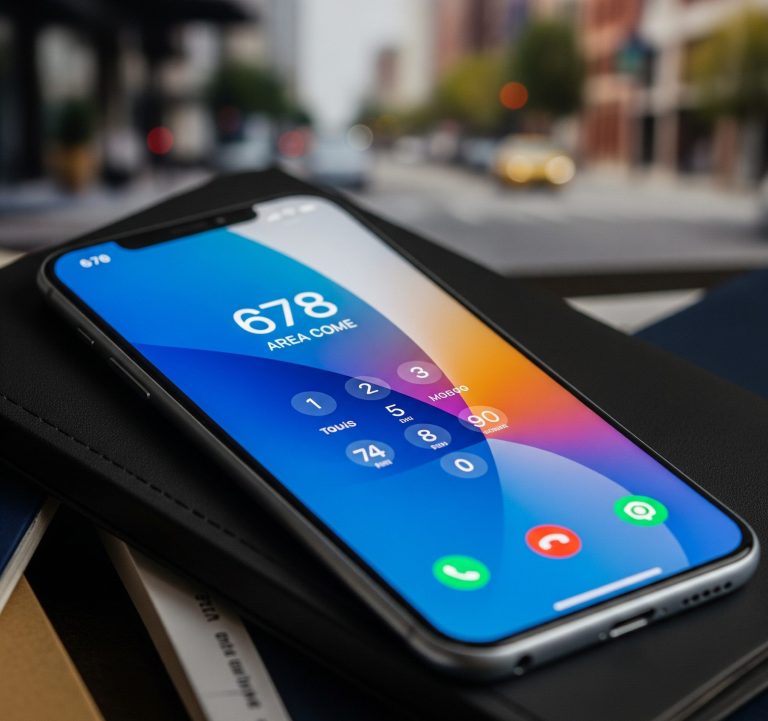For Americans looking to connect with friends, family, or business associates across the globe, understanding international dialing codes is essential. While many are familiar with codes for major European or Asian nations, the 59 country code often poses a unique question mark. This article will demystify the 59 country code and its related prefixes, providing a clear guide for making calls to various nations in South and Central America, and beyond.
Contents
What is a Country Code?
Before diving into the specifics of the 59 country code, let’s quickly review what country codes are. Country codes are numerical prefixes used in international dialing to identify the country you are trying to reach. They are part of the International Telecommunication Union’s (ITU) E.164 standard, which defines the international public telecommunication numbering plan. When you dial internationally from the United States, you typically start with an exit code (usually “011”), followed by the country code, and then the specific area code and local number.
The Significance of the 59 Country Code
The 59 country code itself is not assigned to a single nation. Instead, it serves as a prefix for a group of country codes primarily located in South America and Central America. This means that if you see a number starting with “59,” you’re likely aiming for a destination in this vibrant region.
Navigating the 59x Range: A Breakdown of Countries
The “59” series encompasses a fascinating array of countries, each with its own unique full country code. Here’s a detailed look at some of the key nations you can reach using this range:
South American Destinations
Many South American countries fall under the 59 country code umbrella:
- Bolivia (+591): From the high-altitude capital of La Paz to the Amazonian lowlands, Bolivia’s rich cultural tapestry and diverse landscapes are just a call away.
- Guyana (+592): The only English-speaking country in South America, Guyana offers a unique blend of Caribbean and South American influences.
- Ecuador (+593): Home to part of the Amazon rainforest, Andean highlands, and the Galápagos Islands, Ecuador is a nation of incredible biodiversity.
- French Guiana (+594): As an overseas department of France, French Guiana offers a distinct European flavor in South America.
- Paraguay (+595): A landlocked country known for its vast expanses of wilderness, including savannas and wetlands, and its rich Guarani culture.
- Suriname (+597): Another Dutch-influenced nation on the continent, Suriname boasts dense rainforests and a diverse population.
- Uruguay (+598): A stable and progressive nation on the southeastern coast, known for its beautiful beaches and vibrant capital, Montevideo.
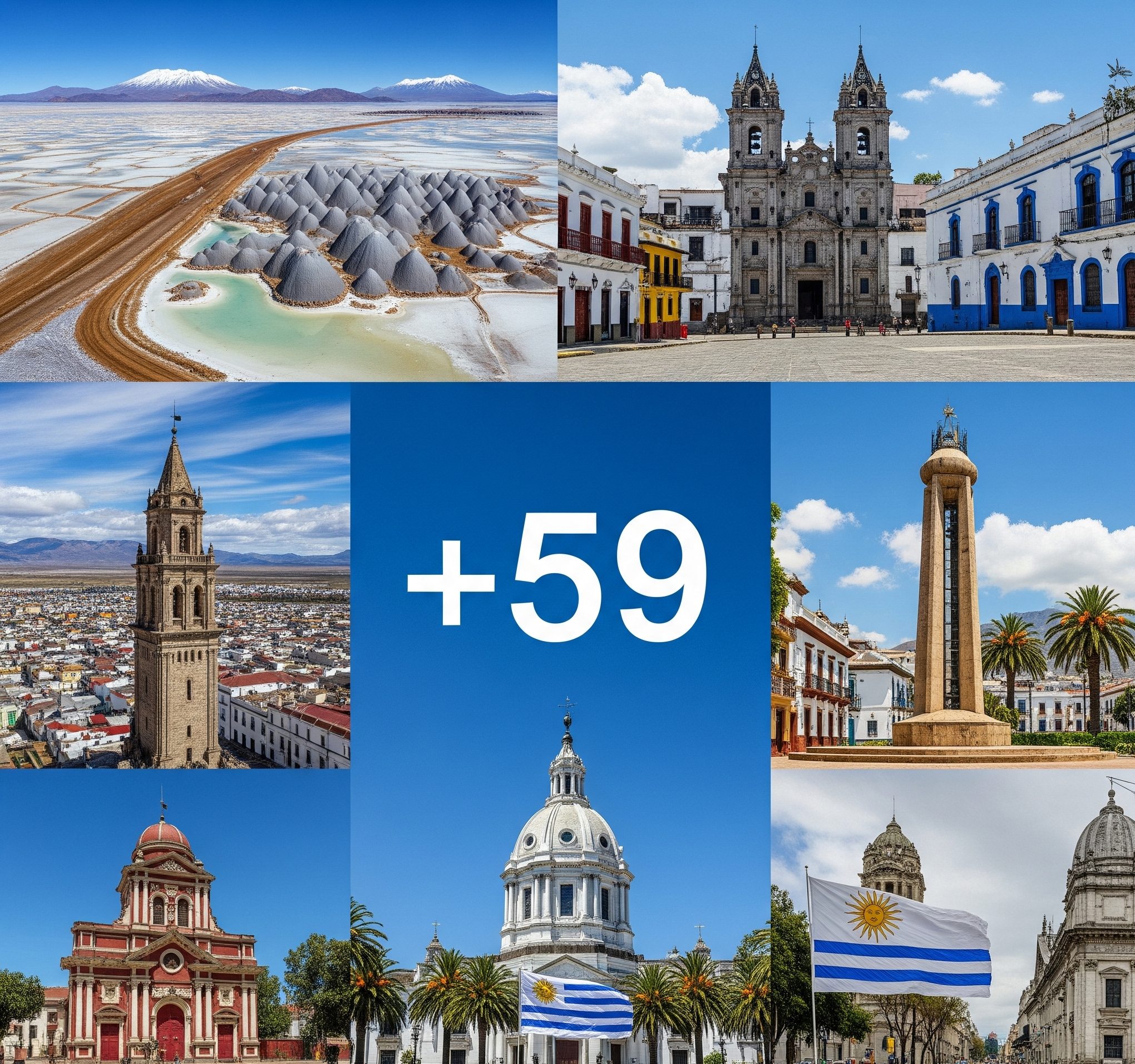
Caribbean and Central American Territories
The 59 country code also extends to certain Caribbean and Central American territories:
- Guadeloupe, Saint Barthélemy, and Saint Martin (+590): These French Caribbean islands share the 59 country code prefix, offering a taste of the Antilles.
- Martinique (+596): Another French overseas department in the Caribbean, Martinique is renowned for its volcanic landscapes and Creole culture.
- Bonaire, Curaçao, Saba, and Sint Eustatius (+599): These special municipalities of the Netherlands, located in the Caribbean, also fall under the 59 country code range.
How to Dial from the United States using the 59 Country Code
Making an international call from the U.S. to a country within the 59 country code range is straightforward once you know the steps. Here’s the general dialing format:
- Dial the U.S. Exit Code: Start by dialing “011”. This tells your phone provider you’re making an international call.
- Dial the Full Country Code: Next, dial the complete country code for your destination, which will begin with “59” followed by the specific digit (e.g., “591” for Bolivia, “593” for Ecuador).
- Dial the Area Code (if applicable): Some countries within this range will require an area or city code after the country code. This varies by location and can be one or more digits.
- Dial the Local Phone Number: Finally, dial the local phone number of the person or business you are trying to reach.
Example: To call a landline in La Paz, Bolivia, you would dial: 011 + 591 + [La Paz area code] + [local number].
Important Considerations for U.S. Callers:
- Mobile vs. Landline: In some countries, there might be different prefixes or dialing procedures for mobile phones versus landlines. It’s always a good idea to confirm this with your recipient or check up-to-date international dialing guides.
- Time Zones: Remember to account for time zone differences! South and Central American countries can have significant time differences from the various U.S. time zones, especially during daylight saving time changes.
- Cost of Calls: International calls can be expensive. Check with your phone service provider about international calling rates or consider using alternative communication methods like Voice over Internet Protocol (VoIP) services (e.g., Skype, WhatsApp calls) if you plan on making frequent or lengthy calls. Many of these services offer competitive rates or even free calls over an internet connection.
- International Dialing Plans: If you frequently call countries within the 59 country code or other international destinations, inquire with your carrier about international calling plans. These plans can often significantly reduce the per-minute cost of calls.
The World at Your Fingertips
Understanding the 59 country code and its associated nations empowers you to seamlessly connect with a significant portion of the Americas. Whether for personal connection, business ventures, or simply staying informed about events abroad, knowing how to dial these destinations opens up a world of communication possibilities for American callers. By following these simple steps and keeping a few key considerations in mind, you can confidently dial any number within the 59 country code range and bridge the geographical divide.

